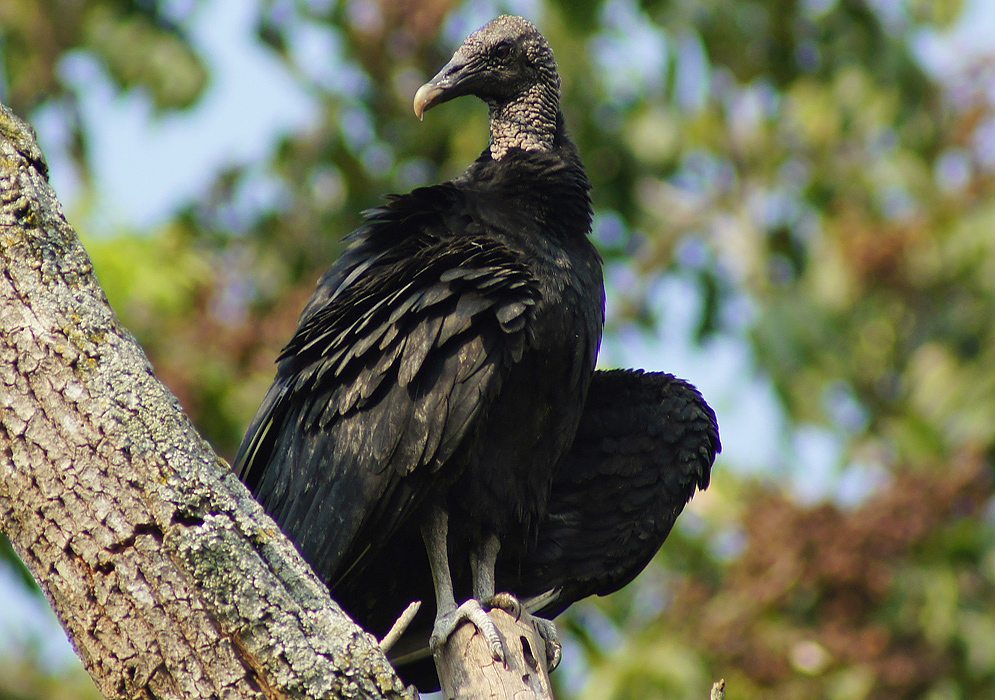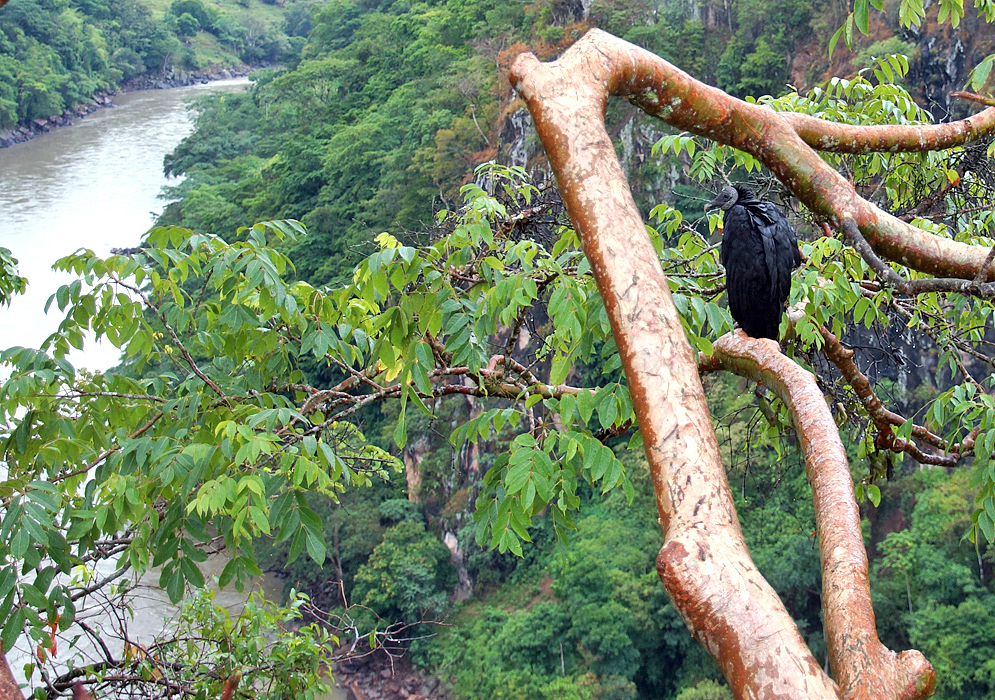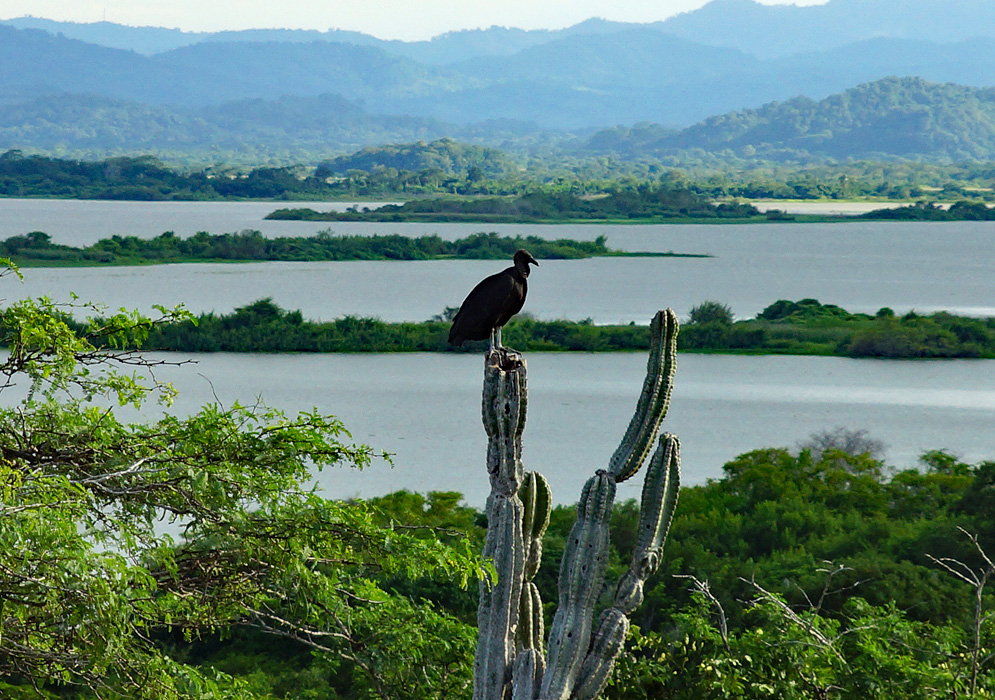This post has 11 Simple Fields-fields attached. Show fields.

The Black Vulture, is a widespread and adaptable bird found throughout the Americas. Its range extends from the southeastern United States through Mexico, Central America, and much of South America, reaching as far south as Central Chile and Uruguay. In the northern parts of their range, these vultures exhibit southward migration in the fall and return in spring. This vulture is the only extant member of its genus, Coragyps, within the Cathartidae family, and should not be confused with the unrelated Eurasian black vulture of the Accipitridae family. Physically, the Black Vulture is a relatively small raptor, with a wingspan of approximately 4.9 feet. It displays a distinctive appearance with black plumage, a featherless grayish-black head and neck, and a short, hooked beak. These features are evolutionary adaptations to its scavenging lifestyle: the black plumage stays visibly cleaner, the bare head facilitates feeding on animal carcasses, and the hooked beak is ideal for stripping meat. An interesting aspect of their biology is their lack of head feathers, which aids in cleanliness and prevents the accumulation of blood and bodily fluids that could attract parasites. These birds are known to bathe frequently after eating if a water source is available. As scavengers, Black Vultures primarily feed on carrion but are also known to consume eggs, small reptiles, and occasionally newborn animals. They have been observed opportunistically preying on weak or vulnerable animals and scavenging at human-inhabited areas like dumpsters and garbage dumps. Unlike many vultures, they rely on their keen eyesight rather than smell to locate food. They breed in various locations, laying eggs in caves, crevices, or even on the ground, and raise their young through regurgitation of "crop milk." Despite not being migratory, they receive protection in the United States under the Migratory Bird Treaty Act of 1918. They prefer open habitats like lowlands, fields, and desert terrains, and are known to inhabit both urban and rural areas. Their flight is characterized by quick, labored flaps followed by short glides. These vultures are highly social, often forming large flocks for foraging and roosting, and are known to establish strong family units with immediate and extended relatives. Interestingly, Black Vultures are more aggressive at food sources compared to their relatives, like the Turkey Vulture, and will drive other scavengers away from carcasses. The Black Vulture is classified as Least Concern, indicating a stable and extensive population.





